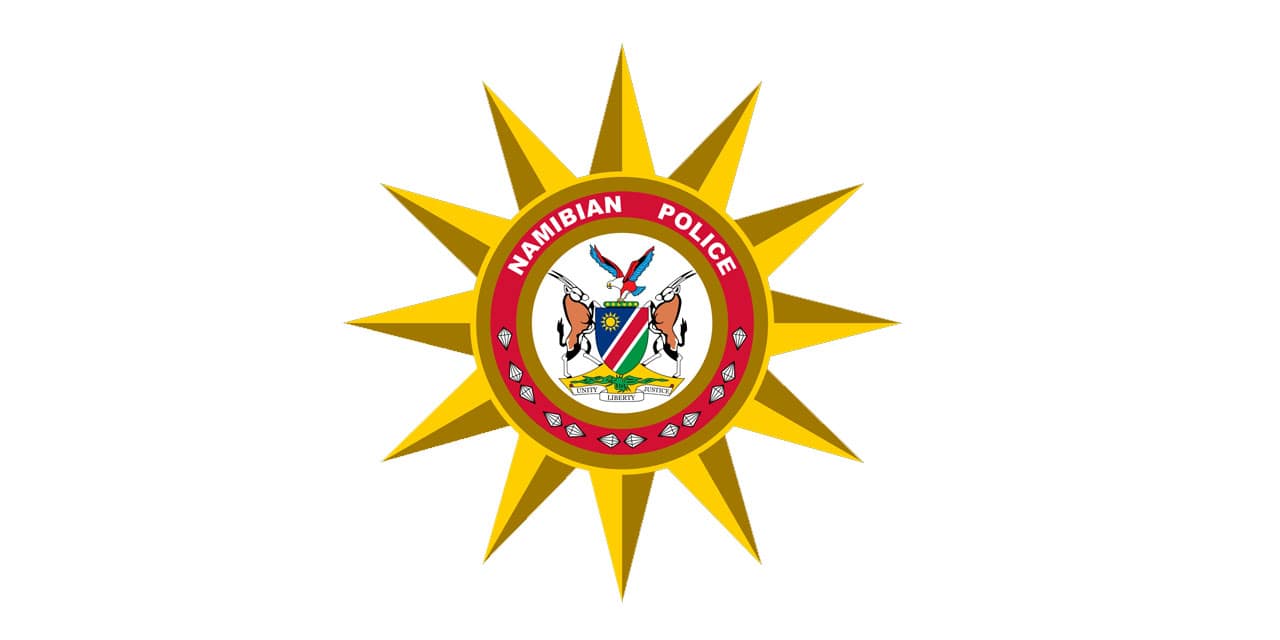The Ministry of Education, Arts and Culture says the country’s overall school enrolment rate of 76% is poor.
Executive director Sanet Steenkamp says this reflects the need for enhanced efforts to achieve equitable and universal access to quality education.
She says a high enrolment rate is essential for achieving universal education, reducing poverty and building a skilled workforce that contributes to social and economic development.
“This rate points to ongoing challenges in accessibility and retention that require urgent interventions to curb the negative impact on our national goals around youth empowerment, literacy and sustainable economic growth.
“Therefore, the ministry considers this an urgent priority as we strive to provide every child with the opportunity for a complete education.
“The regional disparities in school enrolment, as highlighted between the Oshana region (96.9%) and the Kunene region (54%), are attributed to several factors,” she says.
Steenkamp says the ministry views this as an urgent matter.
STRATEGIC INTERVENTIONS
To tackle the steep decline in enrolment after the age of 15, the ministry says it plans to implement various strategic interventions.
“Expanding access to technical and vocational training aligns education with job opportunities, making it more relevant and attractive for older students.
“Financial assistance and flexible school schedules for working students may help retain those who balance school with work obligations.
“We will also raise awareness among parents and communities of the long-term benefits of extended schooling,” she says.
Steenkamp says the provision of financial support to schools through the universal education grant is also impactful in alleviating economic pressures on families that may otherwise require their children to leave school to seek employment.
“Through this grant, the ministry provides N$300 per pupil from pre-primary to primary school, N$400 per pupil for secondary school, while special schools receive N$1 500 per pupil for primary school and N$2 000 for secondary school.”
SCHOOL FEEDING PROGRAMME
Steenkamp says the school feeding programme was established to address hunger, especially for food-insecure households, focusing on children’s health and nutrition by providing them with a diversified, nutritious diet.
“This programme has the potential to enhance pupils’ academic performance, increasing their chances of attaining rewarding employment and significantly reducing socio-economic inequalities.
“Currently, a total of 1 514 primary schools countrywide are recipients of this feeding programme, and the ministry plans to expand the programme to secondary schools,” she says.
The Namibian on Monday reported that experts have raised concerns over disparities in school enrolment, attributing this to the government’s failure to decentralise services.
The latest census statistics reveal that only 76% of people between the ages of six and 24 are enrolled in Namibian schools.
The 2023 Namibia Population and Housing Census indicates that the enrolment rate was higher in urban areas, at 78.4%, while rural areas stood at 74.6%.
The report also indicates that more girls were enrolled in primary schools than boys.
Stay informed with The Namibian – your source for credible journalism. Get in-depth reporting and opinions for
only N$85 a month. Invest in journalism, invest in democracy –
Subscribe Now!






